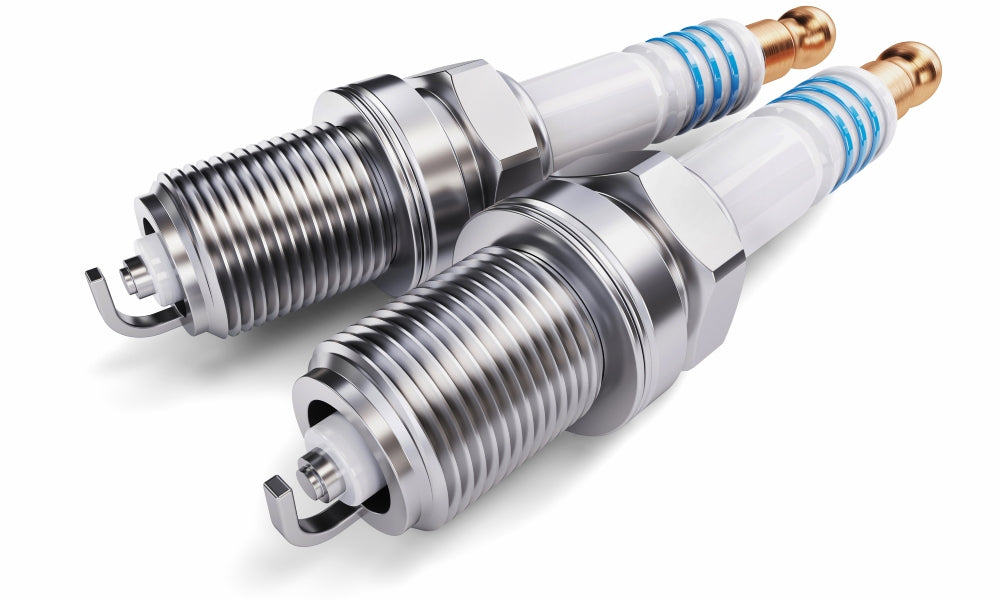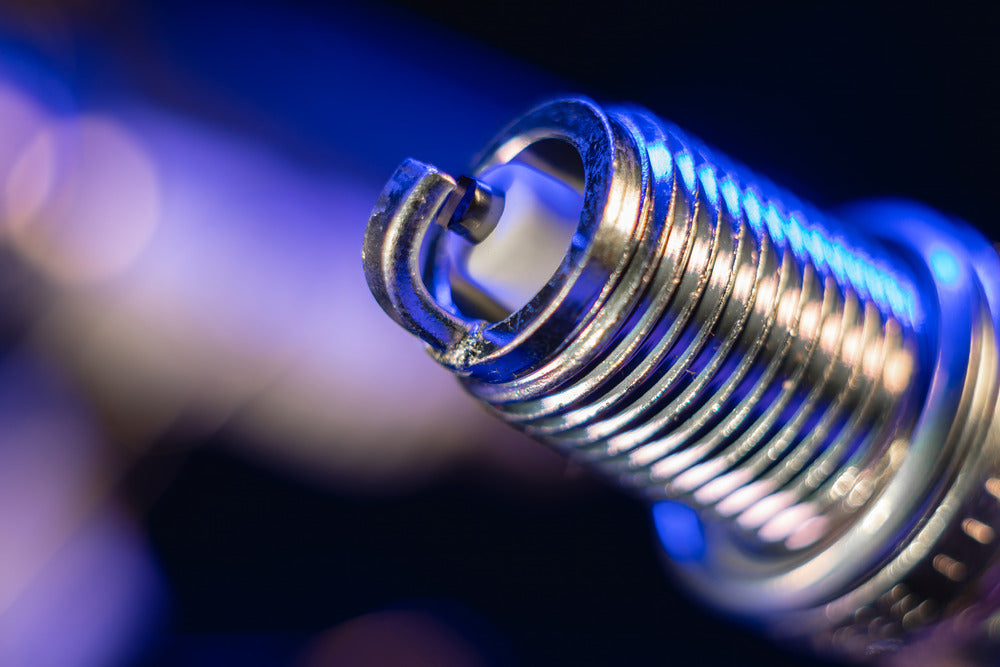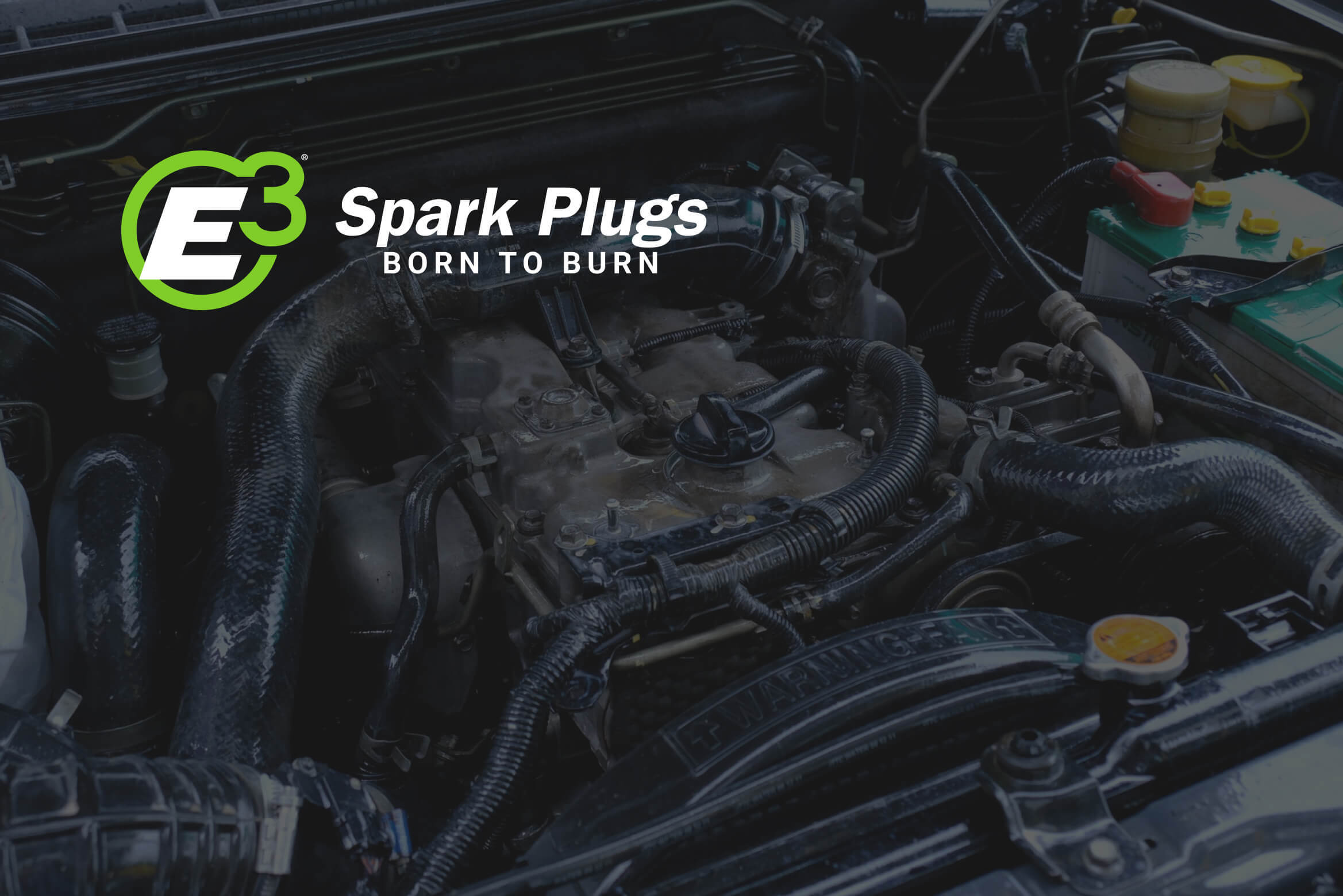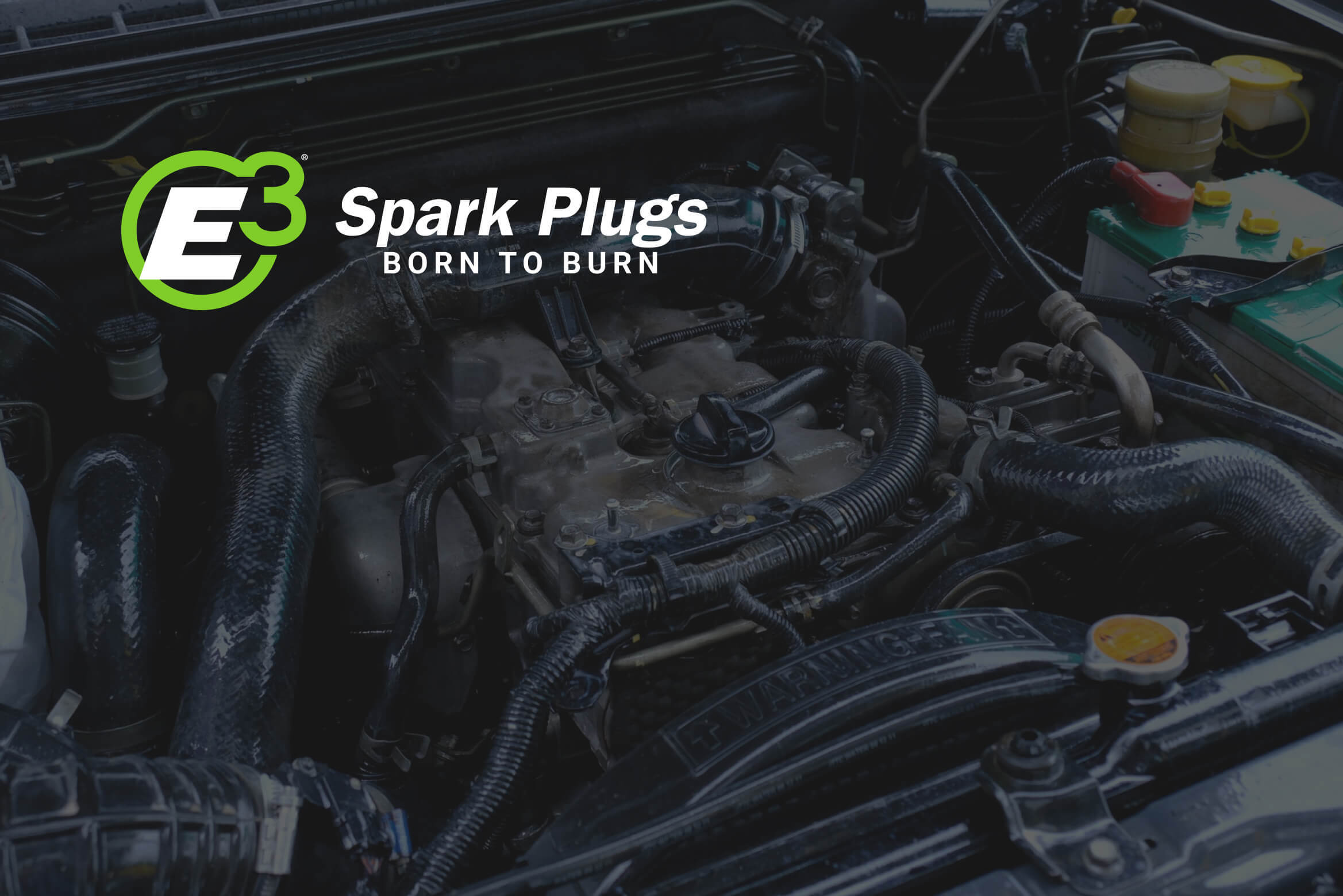
Trust your TPMS? Convinced your tire’s gonna explode? E3 Spark Plugs deflates a few tire myths.
Tires just might be the most important safety and handling feature on your vehicle. But they’re also the subject of a few persistent myths that can reduce their effectiveness. E3 Spark Plugs shares the top three tire myths and the real-info that debunks them:
Myth: “I don’t have to worry about checking my tire pressure because my tire pressure monitoring system (TPMS) does it for me.”
Real Deal: Actually, TPMSs are kind of like your slacker roommate who doesn’t get around to telling you the microwave oven’s busted until after you open your frozen lasagna dinner box. They’re not required to issue that warning ping until your tire pressure is 25 percent below the vehicle manufacturer’s recommendation. By then, you’re already well below the pressure required for safe driving. A TPMS isn’t designed as a friendly reminder – it’s a last-minute warning before imminent tire failure.
Myth: “I’m replacing only two tires, so they go on the front.”
Real Deal: Actually, it’s the rear tires that provide real stability, no matter if your vehicle is a front-, rear- or all-wheel drive. So here’s the scenario – You’ve got two good tires on the front and two near-bum tires on the back. It’s raining. The tires on the front will disburse the water beautifully. But the water will literally lift your two worn rear tires off the road. Now, you’re doing a reverse wheelie and don’t even know it. Okay, so it’s not quite that dramatic – yet. One slight wrong move and you’re flirting with a dangerous spinout. Trust us – if you can only buy two new tires, put them on the rear.
Myth: “If I exceed the max press number on my tire’s sidewall, it will explode.”
Real Deal: Actually, the max press number and your tire’s burst pressure are two completely different animals. The max press number and the mass load number together indicate the pressure at which your tires will carry the maximum amount of weight. The burst pressure is just what it sounds like – the pressure at which your tire will make like a soda bottle bomb. The recommended pressure for most passenger cars is about 30-40 PSI (pounds per inch). The typical burst pressure of a tire is closer to 200-300 PSI.
Got more tire questions? Post them on the E3 Spark Plugs Facebook fan page.







